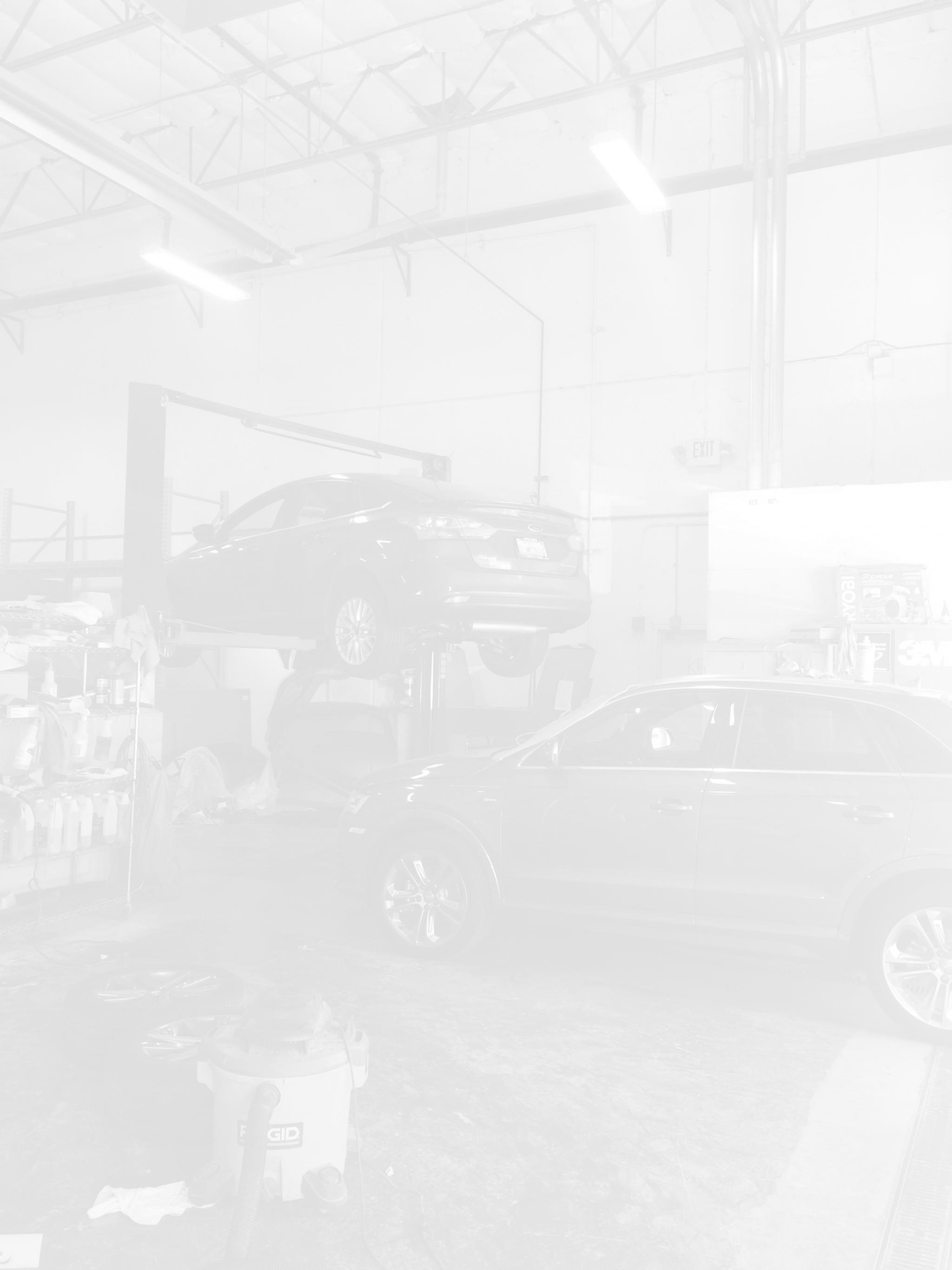
Guide to Inspecting a Student's First Used Car

With school starting back soon, many first-time car buyers, often students and their financially providing parents, are in the market for an affordable ride. I mean, what parents haven’t wished for their kids to start driving themselves everywhere? However, these buyers aren’t necessarily looking for flash or speed for their dependents (despite the pleas from their child of owning the fastest car in town). Rather, they need something safe, reliable, and ultimately low-cost to maintain.
That’s where your role as a technician becomes critical. A thorough pre-purchase inspection can steer families away from costly mistakes and toward a car that gets their child to class and back without issue, all while building trust to ensure future maintenance visits to your shop.
What To Look for in a Pre-Purchase Inspection
Safety should always come first, and that means starting with the big three: brakes, tires, and suspension. Check brake pad thickness, rotor wear, and any signs of overheating or pulsation. Examine tread depth, look for dry rot or cracking, and pay attention to wear patterns that could suggest alignment or suspension issues. On the suspension side, inspect shocks, struts, and bushings for leaks, play, or clunks. A solid foundation will give the driver better control and shorter stopping distances, which is especially critical for less-experienced drivers.
Beyond safety, one of the most telling signs of a vehicle’s condition is how well it’s been maintained. Look for evidence of deferred maintenance. Check oil and transmission fluid for contamination or a burnt smell. Inspect air filters, cabin filters, and spark plugs to further gauge overall care. If the last service is not listed in Recent Services under Open Recalls in your ALLDATA Repair account, and you can easily visually access the timing belt or chain, you might also confirm whether that expensive service has actually been performed.
If using ALLDATA Shop Manager or Manage Online, you can provide another layer of information to the customer with a CARFAX report that includes reported service history and any crash damage.
Next, inspect for leaks like engine oil, coolant, and transmission fluid. Valve cover and oil pan gaskets, coolant hoses, and transmission seals are common failure points. Be sure to look under the vehicle and around the engine bay for any fresh drips or evidence of long-term buildup. Sometimes, if the car is in queue, you can place cardboard under the engine bay to identify minor leaks by the stains left behind. As always, look for signs of a blown head gasket, such as milky oil or unusual pressurization under the oil cap. Because most young drivers rely more heavily on their electronics than mechanicals, electrical issues can quickly lead to buyer’s remorse. Confirm that all lights, power windows, locks, mirrors, and A/C systems are functioning properly. Scan the ECU for any stored or pending trouble codes. Make sure the instrument cluster reads accurately and that all gauges and warning lights operate as intended. No one wants to find the CEL bulb removed from behind the gauge cluster.
Rust and structural damage are often deal-breakers, particularly in vehicles from northern or coastal regions. Carefully inspect frame rails, rocker panels, suspension mounting points, and brake lines for corrosion. Watch for signs of poorly repaired crash damage, like mismatched paint or ripples in the unibody. If using ALLDATA Shop Manager or Manage Online, you can provide another layer of information to the customer with a CARFAX report that includes reported service history and any crash damage.
Educating and Informing the Customer
Finally, don’t skip the test drive. Pay attention to how the transmission shifts and whether there are any signs of slipping or hesitation. Listen for noises such as wheel bearing hums, suspension clunks, or vibrations under acceleration. The steering should track straight, and braking should be even and predictable. More importantly, invite the buyer on a test drive so you can explain your findings or point out things to watch for in the future. Set realistic expectations for the buyer. Most people shopping in this price range aren’t expecting a flawless vehicle, but they may not know how to separate minor wear-and-tear from serious red flags. Help them understand what’s critical, what’s advisable to fix soon, and what can wait. You can even build a service plan for the next six to 12 months or beyond, prioritizing based on mileage or urgency.
Finally, provide a clear summary of your inspection, ideally on paper, or through the Text-to-Text capabilities in ALLDATA Manage Online. Use photos to highlight any key findings, such as leaks or worn components. This not only builds credibility but also helps the buyer and their family make a well-informed decision and can lead to future referrals.
Reducing Buyer’s Stress
Back-to-school buyers are often under pressure. Budgets are already stretched with backpacks, school supplies, student housing, tuition, and expensive water bottles, so car costs must stay low. Your inspection can be the difference between a smart decision and a costly mistake. By offering a thorough, honest assessment, you’re doing more than just checking a vehicle; you’re helping someone make a safe, smart investment in their future and potentially creating a lifetime or even generational client in the process.
Want to see how ALLDATA can improve shop efficiency? Check out our suite of products, each designed to contribute to both shop efficiency and productivity.
If you would like to read more articles like this one please subscribe to ALLDATA News.







